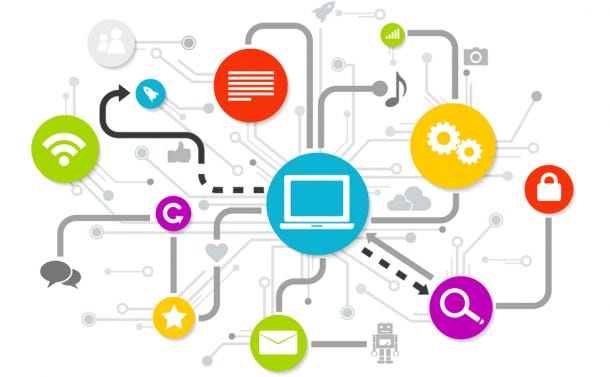 Computers today can not only automatically classify photos, but they can also describe the various elements in pictures and write short sentences describing each segment with proper English grammar. This is done by the Deep Learning Network (CNN), which actually learns patterns that naturally occur in photos. Imagenet is one of the biggest databases of labeled images to train the Convolutional Neural Networks using GPU-accelerated Deep Learning frameworks such as Caffe2, Chainer, Microsoft Cognitive Toolkit, MXNet, PaddlePaddle, Pytorch, TensorFlow, and inference optimizers such as TensorRT.
Computers today can not only automatically classify photos, but they can also describe the various elements in pictures and write short sentences describing each segment with proper English grammar. This is done by the Deep Learning Network (CNN), which actually learns patterns that naturally occur in photos. Imagenet is one of the biggest databases of labeled images to train the Convolutional Neural Networks using GPU-accelerated Deep Learning frameworks such as Caffe2, Chainer, Microsoft Cognitive Toolkit, MXNet, PaddlePaddle, Pytorch, TensorFlow, and inference optimizers such as TensorRT.
Neural Networks were first used in 2009 for speech recognition and were only implemented by Google in 2012. Deep Learning, also called Neural Networks, is a subset of Machine Learning that uses a model of computing that’s very much inspired by the structure of the brain.











